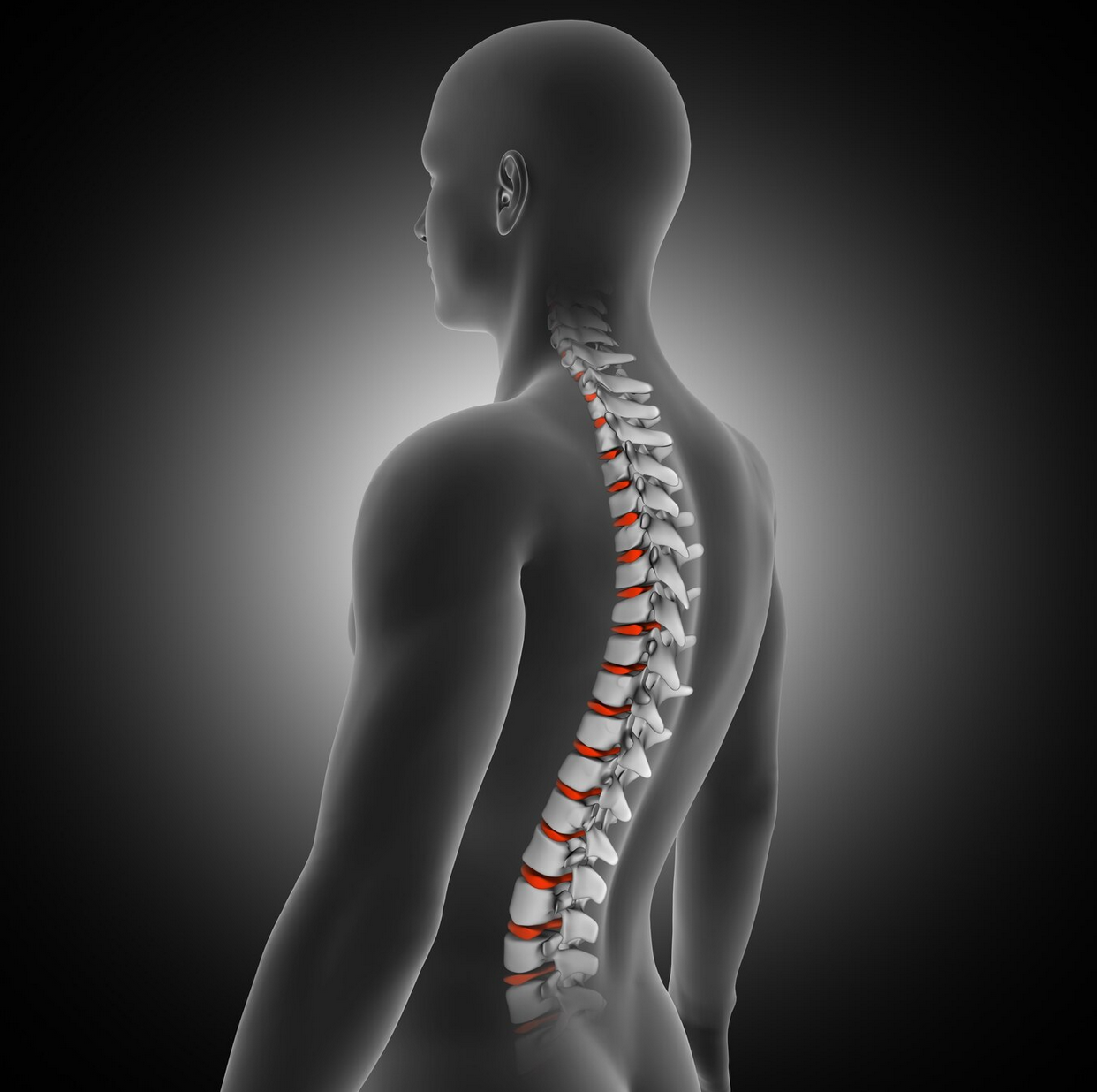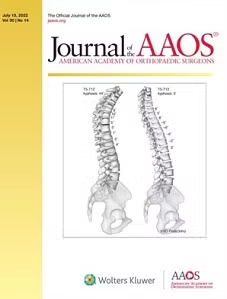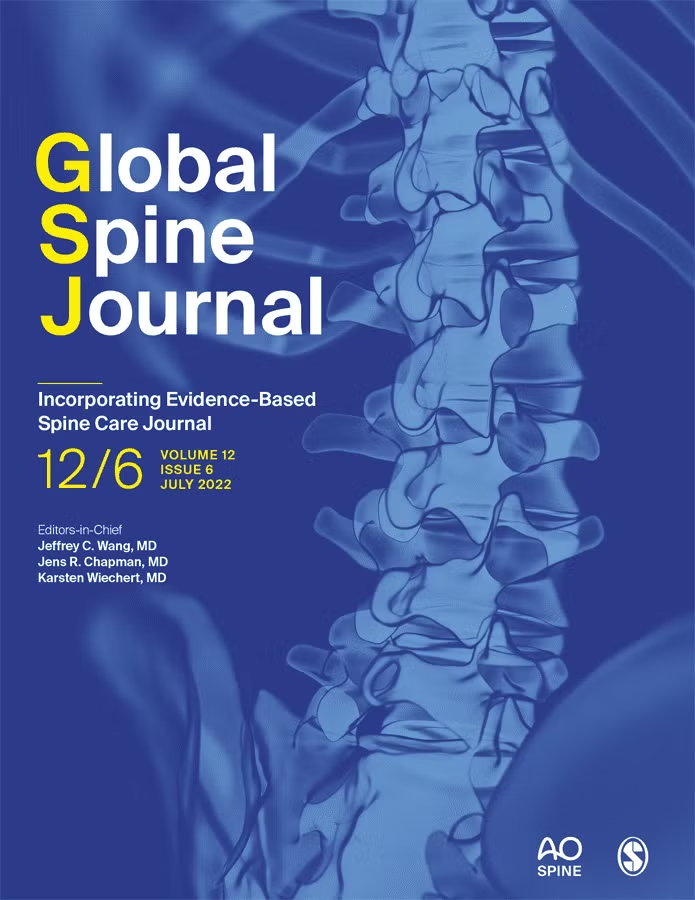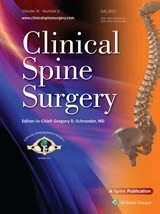
Lumbar spinal fusion is a surgical procedure aimed at treating chronic lower back pain and spinal instability, especially in cases where conservative treatments such as physical therapy and medications have not provided adequate relief. As with any surgery, there are benefits and risks associated with lumbar spinal fusion. This article explores these aspects to give patients a clear understanding of what to expect from the procedure and how it can impact their lives.
Understanding Lumbar Spinal Fusion
Lumbar spinal fusion involves permanently connecting two or more vertebrae in the lower spine. This is done by eliminating motion between them, with the goal of reducing pain caused by instability, degenerative conditions, or deformities such as scoliosis. The procedure typically involves using bone grafts, screws, and rods to facilitate the fusion process. Over time, the bones grow together, forming a single, solid piece of bone that stabilizes the spine.

The surgery can be performed through different techniques, such as:
- Posterior Lumbar Interbody Fusion (PLIF): This technique involves accessing the spine from the back, removing the damaged disc, and inserting bone graft material between the vertebrae.
- Anterior Lumbar Interbody Fusion (ALIF): The surgeon approaches the spine from the front, typically through the abdomen, to fuse the vertebrae.
- Transforaminal Lumbar Interbody Fusion (TLIF): In this approach, the surgeon accesses the spine from the side, offering a more minimally invasive option compared to traditional open surgeries.
While lumbar spinal fusion is often successful, it is essential for patients to weigh the benefits against the risks before deciding on surgery.
Benefits of Lumbar Spinal Fusion
Reduction in Chronic Pain
One of the most significant benefits of lumbar spinal fusion is the reduction of chronic lower back pain. Conditions such as degenerative disc disease, spondylolisthesis, and spinal stenosis can lead to ongoing pain, which may severely limit daily activities. By stabilizing the affected area of the spine, fusion surgery can significantly alleviate this pain and improve the patient’s quality of life.
Improved Stability and Function
For patients experiencing spinal instability, where vertebrae slip or move out of their natural position, lumbar spinal fusion can restore stability to the spine. This can lead to improved mobility, allowing patients to return to their normal activities, such as walking, bending, and lifting, without the fear of sudden pain or further injury.
Long-Term Results
Lumbar spinal fusion often provides long-term relief for patients who have struggled with lower back pain for years. Unlike other treatments that may offer temporary results, fusion surgery creates a permanent solution by eliminating the motion between vertebrae that causes pain. While recovery can take several months, the long-term benefits often outweigh the short-term inconvenience of the healing process.
Minimally Invasive Options
Advances in surgical techniques have made lumbar spinal fusion less invasive than ever before. Minimally invasive approaches, such as TLIF, offer smaller incisions, reduced blood loss, and shorter hospital stays. These options can make the recovery process quicker and less painful for patients compared to traditional open surgeries.
Prevention of Further Damage
By addressing the root cause of the pain, lumbar spinal fusion can prevent further degeneration of the spine. In some cases, untreated spinal conditions can lead to worsening symptoms, including nerve damage or more severe instability. Fusion surgery helps to stabilize the spine and prevent additional injury or deterioration over time.
Risks of Lumbar Spinal Fusion
Despite its benefits, lumbar spinal fusion carries potential risks, as with any surgical procedure. It is crucial for patients to fully understand these risks and discuss them with their healthcare provider.
Infection
Infection is a risk in any surgical procedure, and lumbar spinal fusion is no exception. Infections can occur at the surgical site or internally around the spine. Symptoms of infection include fever, increased pain, swelling, and redness. While antibiotics can treat most infections, more severe cases may require additional surgeries.
Non-Union (Failed Fusion)
In some cases, the bones may not fuse properly, a condition known as non-union. This can result in ongoing pain or the need for revision surgery. Factors such as smoking, poor nutrition, or osteoporosis can increase the risk of non-union. Surgeons often recommend lifestyle changes before and after surgery to enhance the chances of successful fusion.
Adjacent Segment Disease
Lumbar spinal fusion can increase stress on the vertebrae adjacent to the fused section of the spine. This condition, known as adjacent segment disease (ASD), may lead to further degeneration or the development of new symptoms in previously unaffected areas of the spine. In some cases, patients may require additional surgeries in the future to address these new issues.
Limited Range of Motion
Since lumbar spinal fusion involves permanently immobilizing a section of the spine, it can reduce the patient’s range of motion in the lower back. While this may not significantly affect everyday activities, certain movements, such as bending or twisting, may feel more restricted after surgery.
Nerve Damage
Nerve damage is a potential risk during lumbar spinal fusion surgery, particularly in cases involving compressed nerves or severe spinal deformities. While surgeons take great care to avoid injury, there is a risk that nerves near the surgical site may be damaged, resulting in symptoms such as numbness, tingling, or weakness in the legs.
Extended Recovery Time
Lumbar spinal fusion can require several months of recovery. While advances in minimally invasive techniques have shortened hospital stays, the bones may still take 6 to 12 months to fully fuse. During this time, patients may experience discomfort, limited mobility, and the need for physical therapy to regain strength and flexibility.
Factors to Consider Before Lumbar Spinal Fusion
Before undergoing lumbar spinal fusion, patients should carefully evaluate their individual condition, overall health, and lifestyle. Not everyone with lower back pain is a candidate for surgery, and healthcare providers often recommend trying conservative treatments first, such as physical therapy, medications, or injections. If surgery is deemed necessary, a thorough discussion with the surgeon is vital to understand the procedure, risks, and expected outcomes.
Additionally, it is important for patients to have realistic expectations. While lumbar spinal fusion can provide significant pain relief and improve quality of life, it may not completely eliminate all discomfort or restore full function. Patients should work closely with their healthcare team to develop a post-surgical recovery plan that includes physical therapy, exercise, and lifestyle adjustments to maximize the benefits of the procedure.
Bottom Line
Lumbar spinal fusion offers a powerful solution for patients suffering from chronic lower back pain and spinal instability. The procedure can provide long-term relief, restore function, and prevent further spinal degeneration. However, as with any surgery, it carries potential risks, including infection, non-union, and adjacent segment disease. By thoroughly discussing the benefits and risks with their healthcare provider, patients can make informed decisions about whether lumbar spinal fusion is the right treatment for their condition.






